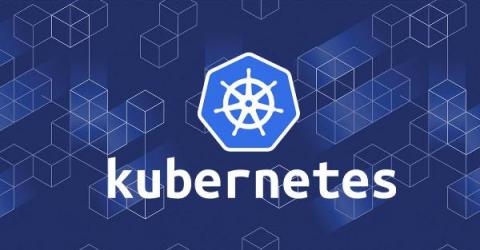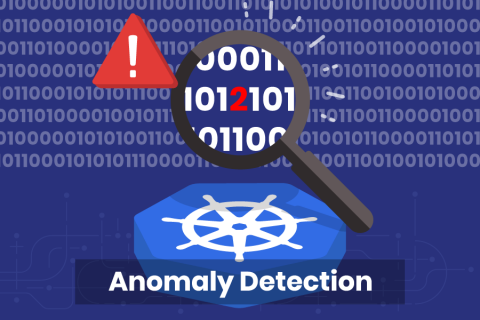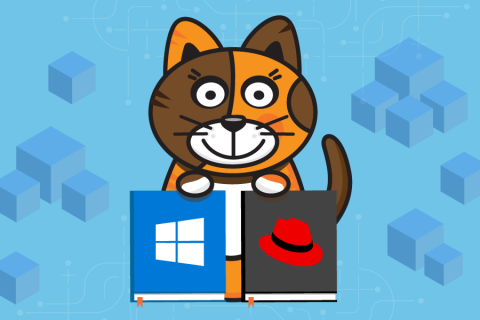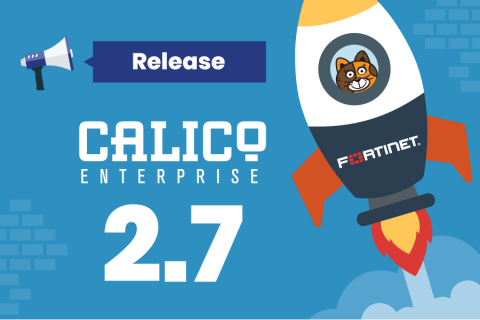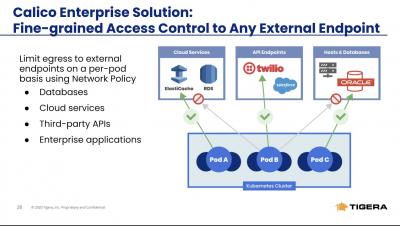Introducing the Calico eBPF Dataplane
eBPF is a hot topic right now; most of the infrastructure-focused conferences and events have included talks on eBPF over the past year, which is creating a lot of interest in the technology. You might be wondering what eBPF is. eBPF stands for “extended Berkeley Packet Filter” which is a feature in modern Linux kernels that allows you to write mini-programs that are attached to low-level hooks in the Linux kernel, that execute based on certain events (e.g. filtering network traffic).



